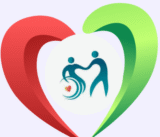Slip Disc vs. Sciatica: Understand the Difference & Best Physiotherapy Treatment
Learn the key differences between slip disc and sciatica, their causes, symptoms, and expert physiotherapy solutions at Recovery Physiotherapy, Koelnagar, Rourkela.
Introduction
Back pain is one of the most common reasons people visit a physiotherapy clinic. Two conditions often confused with each other are slip disc (herniated disc) and sciatica. While they may share symptoms like radiating leg pain, they are not the same. Understanding the difference is crucial for effective treatment. At Recovery Physiotherapy, Koelnagar, Rourkela, we specialize in diagnosing and treating both conditions through non-surgical, evidence-based physiotherapy techniques.
Back pain can interfere with work, daily activities, and quality of life. For many patients, the discomfort leads to fear of movement and functional decline. Recognizing symptoms early and getting professional physiotherapy care can significantly reduce long-term consequences.
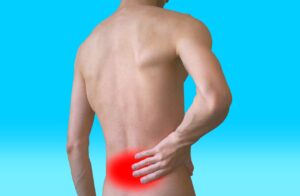
What Is a Slip Disc?
A slip disc, also known as a herniated disc, occurs when the soft gel-like center of an intervertebral disc protrudes through its tougher outer layer. This can press on nearby nerves, causing pain and discomfort. Discs act as shock absorbers in your spine, and any disruption in their structure can lead to neurological symptoms.
Causes of Slip Disc:
- Improper lifting techniques
- Sudden twisting movements
- Age-related degeneration
- Prolonged poor posture
- Overweight and sedentary lifestyle
- Trauma or injury to the spine
- Genetics or family history of disc issues
Symptoms of Slip Disc:
- Localized or radiating back pain
- Tingling or numbness in legs or arms
- Muscle weakness
- Difficulty in bending or standing upright
- Pain worsens with movement or coughing
- In severe cases, loss of bladder or bowel control (medical emergency)

What Is Sciatica?
Sciatica is a symptom, not a condition. It refers to the pain that radiates along the path of the sciatic nerve, which runs from the lower back through the hips and down each leg. Sciatica is often caused by compression of the nerve, sometimes due to a herniated disc, spinal stenosis, or piriformis syndrome.
Causes of Sciatica:
- Herniated (slip) disc like PIVD
- Spinal stenosis
- Degenerative disc disease
- Piriformis syndrome
- Pregnancy-related postural changes
- Tumors affecting the spine
- Trauma or infection involving the sciatic nerve
Symptoms of Sciatica:
- Sharp or burning pain radiating from the lower back to the leg
- Pain worsens with sitting ,standing for long periods OR forward bending
- Numbness or tingling along the sciatic nerve path
- Muscle weakness in the affected leg
- Difficulty walking or standing
- Feeling of “pins and needles” or electric shocks in the leg
- Sometimes Neurological deficite like lower limb muscle weakness like Foot drop also happen
Slip Disc vs. Sciatica: Key Differences
| Feature | Slip Disc | Sciatica |
|---|---|---|
| Definition | Structural problem in the spine | Symptom caused by nerve compression |
| Cause | Disc herniation or bulge | Often due to slip disc or spinal stenosis |
| Location of Pain | Local or radiating | Radiating from back to leg |
| Type of Pain | Sharp, aching | Burning, shooting, electric-like |
| Associated Issues | Numbness, limited movement | Weakness, leg pain |
It’s important to note that a slip disc can be the cause of sciatica. That’s why a detailed assessment is critical in determining the source of pain and planning effective treatment.
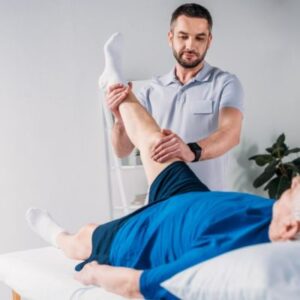
How Physiotherapy Helps
Physiotherapy offers non-invasive, effective relief for both slip disc and sciatica. At Recovery Physiotherapy, Rourkela, we focus on restoring function, reducing pain, and preventing recurrence.
1. Assessment & Diagnosis
Our physiotherapists perform a thorough examination, postural assessment, gait analysis, and neurological testing to differentiate between slip disc and sciatica. Diagnostic imaging such as MRI may be recommended for precise identification.
2. Manual Therapy
- Maitland mobilization to reduce joint stiffness and restore mobility
- McKenzie therapy for disc realignment and centralization of pain
- Kaltenborn techniques for traction and spinal decompression
- Soft tissue release to reduce muscle spasms and trigger points like MFR,MET and other advance technique
3. Electrotherapy
- TENS (Transcutaneous Electrical Nerve Stimulation) for pain modulation
- Ultrasound to promote tissue repair and reduce inflammation
- Interferential Therapy (IFT) for deeper pain relief and nerve stimulation.Also PEMF ,Hydrocollator,Infrred radiation Therapy
4. Strengthening Exercises
- Core stabilization exercises to reduce spinal load
- Lumbar spine mobility drills to restore flexibility
- Stretching exercises for tight hamstrings, piriformis, and gluteal muscles
- Proprioceptive and balance exercises to enhance spinal control
5. Postural Correction & Ergonomic Advice
- Correct sitting, standing, and sleeping posture
- Ergonomic advice for work-from-home or office setup
- Education on proper lifting and bending techniques
- Recommendations for supportive mattresses or lumbar cushions
6. Patient Education
Understanding the condition helps patients actively participate in their recovery journey. We guide our patients with:
- Activity modification strategies
- Home exercise programs
- Do’s and don’ts during flare-ups
- Long-term prevention strategies
When to Visit Recovery Physiotherapy?
If you’re experiencing:
- Persistent lower back pain
- Radiating pain to your legs
- Numbness or tingling sensations
- Muscle weakness or coordination issues
- Difficulty in walking or daily activities
It’s important not to delay treatment. Early physiotherapy intervention can:
- Prevent chronic disability
- Reduce the need for surgery
- Restore function quickly
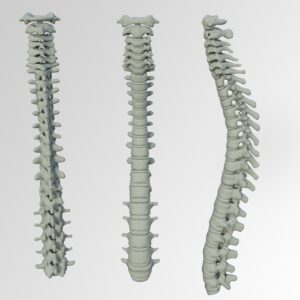
Why Choose Recovery Physiotherapy, Rourkela?
- Highly qualified physiotherapists trained in orthopedic and neuro rehab
- Personalized treatment protocols for slip disc and sciatica
- State-of-the-art modalities and equipment
- Patient-centric approach with flexible appointments
- Affordable and transparent packages
- Located in Koelnagar, C646, Rourkela, easily accessible from all areas
- Consistently rated as one of the best physiotherapy clinics in Rourkela
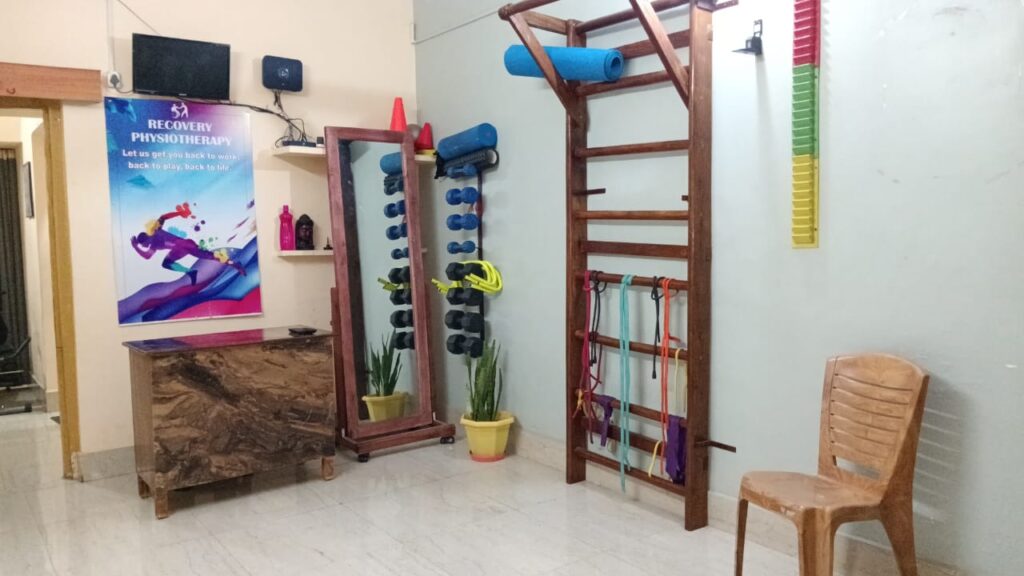
Final Words
Both slip disc and sciatica can severely affect your quality of life if left untreated. The good news is, with proper physiotherapy intervention, you can recover without surgery. At Recovery Physiotherapy in Koelnagar, Rourkela, we combine clinical expertise with compassionate care to help you return to your normal lifestyle.
Don’t wait for the pain to worsen. Book your consultation today at Recovery Physiotherapy and take your first step toward a pain-free life.
Call Us: 9556135581
Visit Us: C646, Koelnagar, Rourkela
Instagram & YouTube: @RecoveryPhysiotherapy
